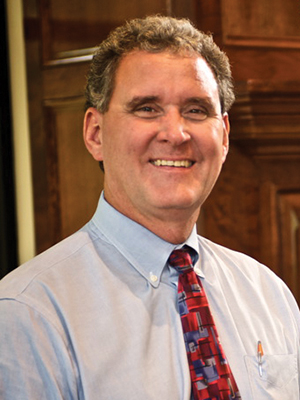 David Ammons
David AmmonsDavid Ammons is president of Retirement Living Associates, Inc. (RLA), a company which provides planning, development, marketing, and management services for new and existing retirement communities. He has worked in and with Senior Living Communities since his graduation from Wake Forest University in 1985.
As the retirement industry, like much of the US economy, continues to improve, development of new communities will increase.
That news may seem like old news; however, not only will retirement communities, as we know them, increase development activity, but new solutions and types will increase. I believe we will see the continued evolution of some ideas that are already out there: some based on evolving and increasing technology, and some that are not yet envisioned.
Every day I hear people say things like the next big generation, the “Baby Boomers,” will rewrite everything we know now or are doing in the retirement industry. I agree that this generation is a huge demographic with new ideas and goals and that they will impact many industries as they continue aging and move into their sixth and seventh decade. The size of the baby boomers as a group, coupled with their uniqueness and escalating technology, will change things.
The types of changes break into three categories: Continuing Care Retirement Communities, separated options including Independent Living, Assisted Living and Skilled Care, and newly envisioned models.
Continuing Care Retirement Communities will continue to be a great solution, selected by those who can afford them in their mid-to-late 70s and even into their early 80s. Continuing Care Communities will adjust with broader options and extra offerings of meal services, home care, activities, and wellness programs, but the basic concepts, floor plans and entry models will, in my opinion, remain mostly intact.
Free Standing offerings of Independent Living, Assisted Living and Skilled Care will see greater change as they are quicker to develop and can, therefore, be built to accommodate new demands, new interests and preferences.
Independent Living communities offering more breakdown of services so that a person is at a base level renting space and then adding features such as meals, housekeeping, home health, and activities. Robot caregivers, web-based physician visits, electronic monitoring and other technologies will continue to grow in usage in these free-standing communities which are designed to take advantage of these new advances.
New Models are, of course, where I am really stabbing in the dark. I think Stay-at-Home with services including home modifications, electronic monitoring, and meal delivery will become more comfortable to accept and use. Baby boomers have used computers for years and are comfortable with change and with providing via remote controls for all types of conveniences. As a group they will allow for quicker integration of new technology. Another area of new models will be more variations of “community helping” and neighbors working together for common needs. Think of a Fraternity or Sorority house where each member has a role, some cook today, some clean, some drive, etc. Instead of a house mother there may be a younger assistant or manager, but I think people will consciously decide for more collaboration and community goal setting.
Join me in looking forward to new options, faster changes, and improved living options as age brings about change in needs or priorities.

